Learn about Common Eye Diseases from Optometrists' Clinic Inc. in Edmonton
Below are descriptions of various – and serious – common eye diseases and injuries. If you are exhibiting any of the symptoms described here, do not wait – contact us in Edmonton to make an appointment.
Common Eye Diseases
As we age, the lens within the eye can become yellowed or cloudy. It is also common in diseases like diabetes or can be caused by certain medications. Cataracts tend to obscure vision, much like a dirty windshield on a car. For most, it is a natural part of the ageing process and is correctable.
Posterior vitreous detachment occurs in most individuals over the age of 65. As we age, the gelatinous vitreous loses its consistency so that the central core becomes more liquid and the outer layers peel from the retina. This does not cause vision loss.
Increased blood sugars affect the blood circulation system in the eye, causing blood vessels to weaken and leak. This compliation of diabetes is known as diabetic retinopathy. This leads to swelling of the retina which causes loss of vision. Other conditions more likely to develop as a result of diabetes include cataracts, glaucoma and retinal detachments.
The tear film is responsible for keeping the eye’s surface well lubricated. Inconsistencies or insufficiencies within the tear film can cause symptoms such as stinging, burning and scratchiness.
Blepharitis
Pink Eye is caused by a viral or bacterial infection of the conjunctiva (the layer above the white of the eye or sclera). Viral infections are usually associated with a cold or sore throat. Bacterial conjunctivitis varies in severity which is dependent on the type of bacteria involved. Bacteria most often involved are staphylococcus and streptococcus (staph and strep).

New patients are welcome!
we need a little information about your medical history. We made it easy for you – start the process online!
Learn More About Eye Health

Hey Edmonton – Don’t Let Summer Projects Cost You Your Sight!
The Essential Guide to Eye Protection Summer in Edmonton means longer days, warmer weather, and finally tackling those outdoor projects you’ve been putting off all winter. Whether you’re revving up

Polarized vs UV Protection
What Edmonton Residents Need to Know for Summer Eye Safety When summer finally hits Edmonton, Westlock, and Leduc, we all want to make the most of those long, sunny days.

Our New Topcon MYAH Machine for Myopia Management!
Introducing the Topcon MYAH: A New Era in Myopia Control at The Optometrists’ Clinic At The Optometrists’ Clinic, we’re proud to stay at the forefront of eye care technology—and our
Book your eye exam with The Optometrists' Clinic today!
We invite you to get in touch, so that we can support you & give you the tools and knowledge you need to care for or improve your vision!

